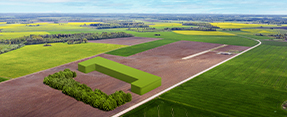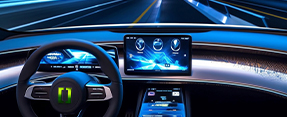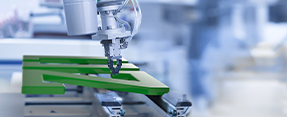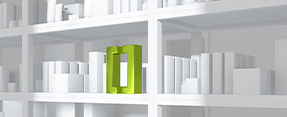Naomi Lifshitz Recent Posts
UX/UI trends in the B2B world – What to take & leave behind in 2023
By
Naomi Lifshitz
, 18/01/2023
When I just started my career, an intelligent woman told me that only when I understand.
min read
The confetti has settled, 2023 is under way, and there’s something new in the air. Many clients are getting in touch because they want to revamp their online presence — either building a new website or upgrading their current one.
Like any other field, UX/UI trends develop and change over time. While change is often driven by technology, it’s sometimes the audiences that change – and they want to consume content in a variety of ways.
Since no one wants their website to have a geocities 90s vibe, it’s important to be in the know – to be up to date on which trends are last year’s news and the must-haves for 2023.
Not to worry, we’re about to fill you in!
We caught Naomi Lifshitz, our UX\UI Designer here at OZ Global B2B to tell you all about what you should let go of and what you absolutely must adopt during 2023. Ready to get started?
1. There’s no place like home
Let’s kick off with the homepage. Until recently, homepages commonly had sliders of changing images – whether it was a corporate or e-commerce site. While beautiful and eye-catching images may have done the job in the past, it’s no longer enough.
“Stop using changing images, leave that to Instagram!” says Naomi. “2023 will be about striking typography with strong messaging. We’re in the era of agendas and companies must present a clear agenda or catchphrase to attract the eye.” A great example of a strong leading line can be found on Tefen’s website – a veteran B2B company that makes a point of staying up to date.
Interactive images that change according to user actions also work well. This creates an experience where the user determines the outcome. Check out PCB Technologies site to see how it works.
- What’s on the menu? “When planning the user experience, we have to put ourselves in our users’ shoes. We all have limited time and between work, home, and family, we don't have time to scroll through endless websites in the search for information,” says Naomi.
- Make some space!
- Give the footer the respect it deserves “Just because the footer’s at the bottom of the website doesn’t mean it doesn’t deserve a place of honor,” notes Naomi. “While the footer may be located on the ’fringe’ of the site, we shouldn’t treat it as such. When specifying the site structure every part of the site is important. We’re not going to add unnecessary pages or elements to the site, but the footer appears on every page and needs to be designed accordingly.”When building a brand strategy for businesses, it’s important that it speaks the same language – everywhere it appears – and that includes the footer. Give it space and design it in a brand-compatible manner, incorporating creative brand elements and enticing messaging. Scroll down to Unilog’s footer to see how it reflects the brand’s personality.
- No more excuses! That’s so yesterday “Leave the excuses why you can’t build a website in 2022,” says Naomi, adding that, “Many businesses avoid building a website on the grounds that they don’t have sufficient budget, information, or products to build a complete site. But keeping your website short and to the point puts paid to that excuse.”



















